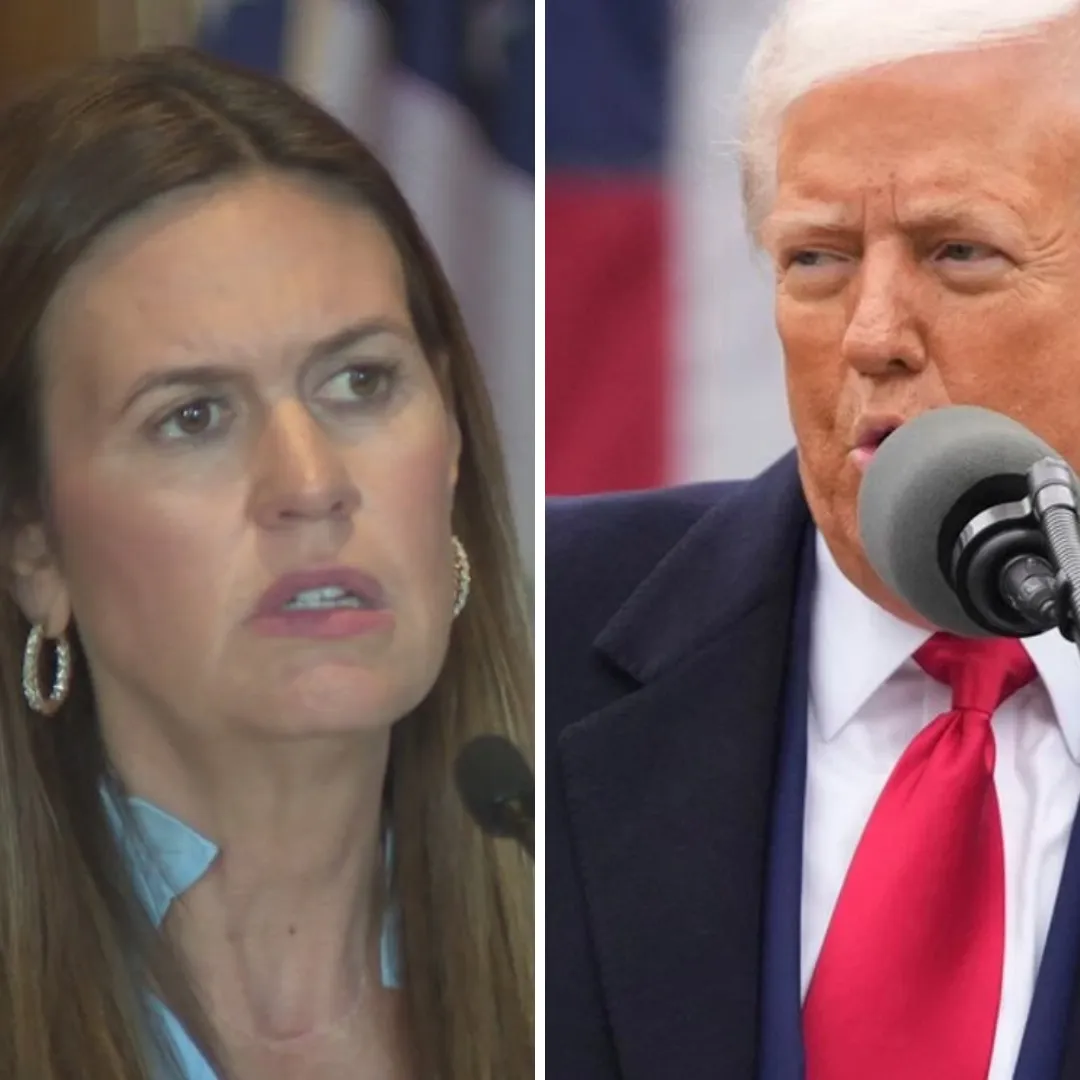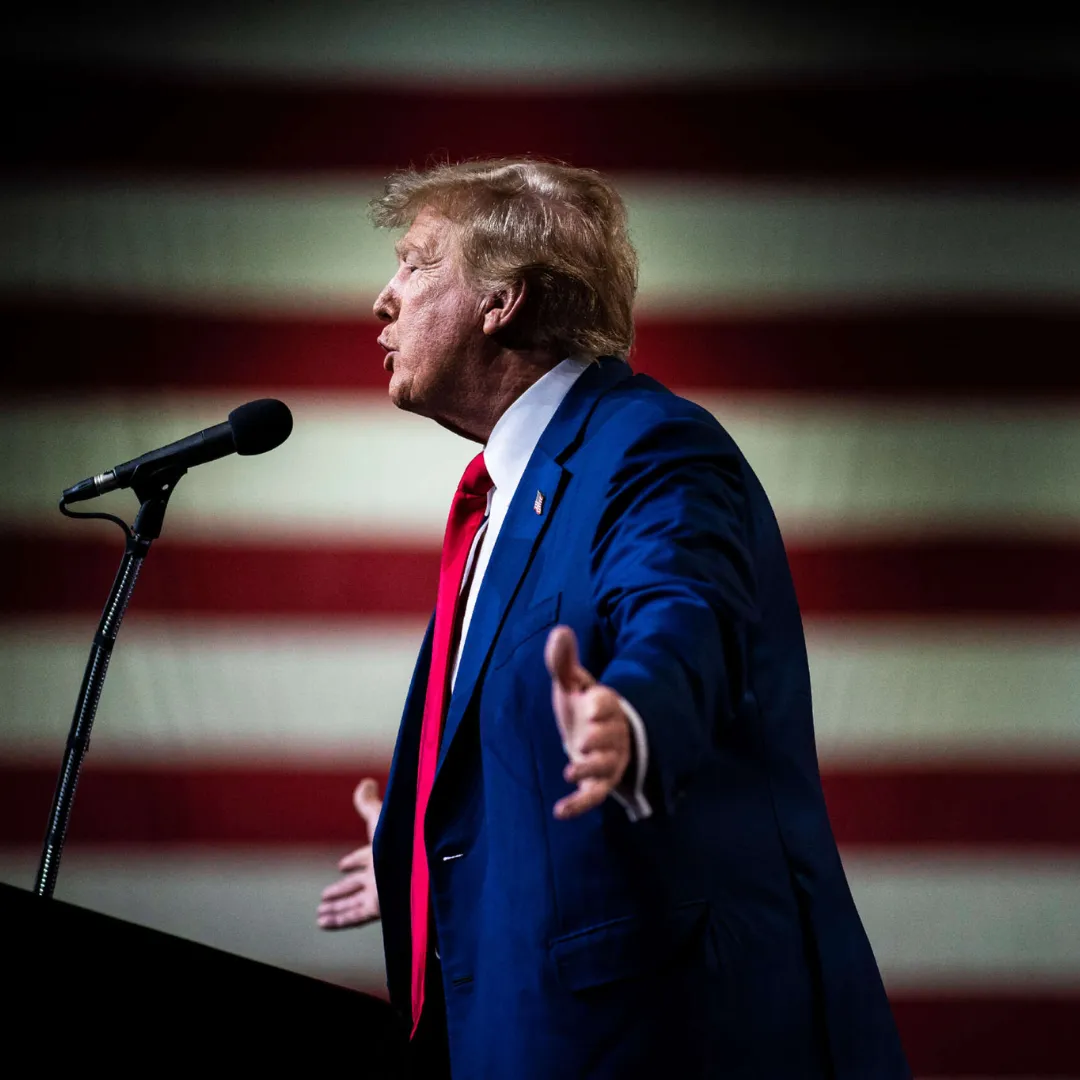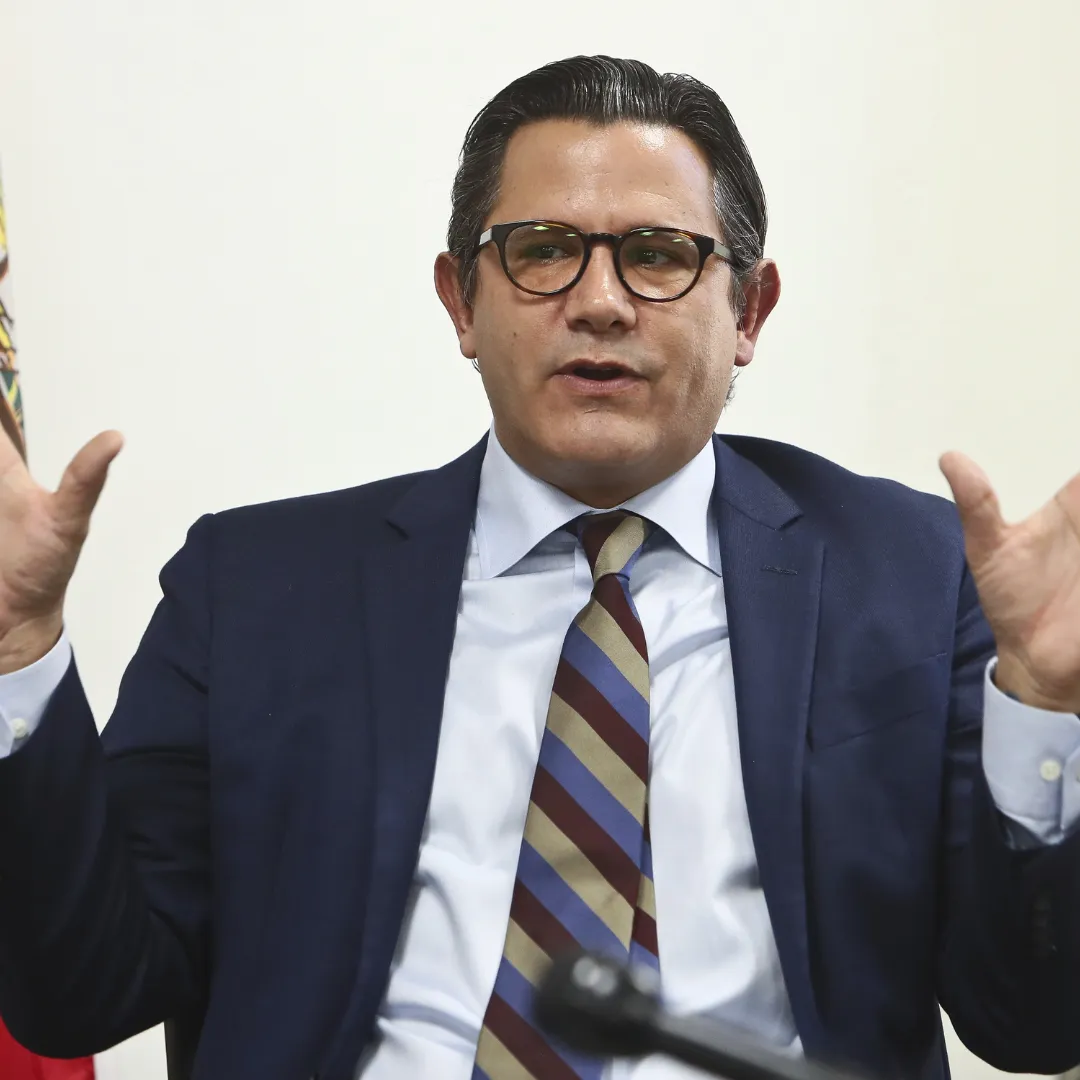
President Donald Trump’s second term has quickly descended into a series of high-stakes crises, each of which threatens not only his legacy but the future of global stability. Despite his initial promises to be a “peacemaker,” Trump’s presidency is now defined by conflict—five major wars, one cold war, and a trade war—all of which he is struggling to manage.
As the world edges closer to another summer of uncertainty, Trump’s handling of these escalating situations will determine the direction of his presidency and potentially the global balance of power.
The first and perhaps most prominent crisis involves the ongoing conflict in Ukraine. When Trump first took office, he signaled that ending the war in Ukraine would be a priority.
However, despite his early assertions, the conflict has only worsened, with Russian President Vladimir Putin’s expansionist ambitions proving much harder to thwart than Trump had anticipated. Putin, feeling that he is gaining ground, has made it increasingly difficult to broker any meaningful peace agreement.
Trump now faces a difficult decision: either intensify efforts to push Russia back, with harsh economic sanctions and increased military aid to Ukraine, or abandon the effort, allowing the war to continue. Both options carry significant risks.
If Trump opts for further confrontation, he may alienate his own base, which has become more sympathetic to Russia. Conversely, pulling back could embolden Putin and weaken NATO’s resolve.
In the Middle East, Trump faces a complex set of military engagements. The U.S. military continues to strike at Houthi rebels in Yemen, but despite ongoing attacks, the Houthis have not been sufficiently deterred.
Meanwhile, Israel, a key U.S. ally, has launched new offensives against Hamas, hoping to end the threat once and for all. Yet these skirmishes may simply be the precursor to an even larger conflict with Iran.
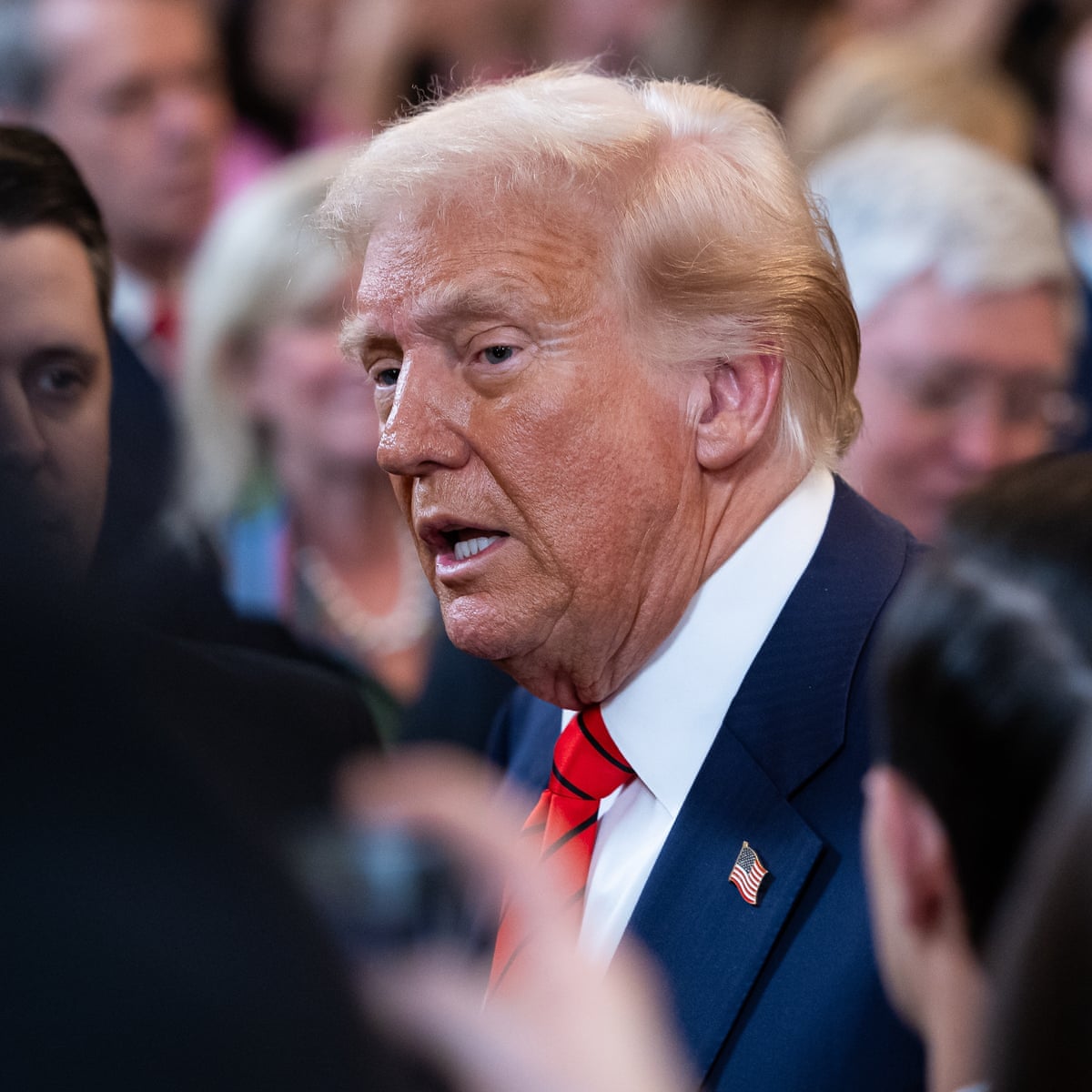
Trump has been torn between two strategies: a minimalist approach, where the U.S. works to prevent Iran from obtaining a nuclear weapon, and a more aggressive stance aimed at dismantling Iran’s nuclear program entirely.
However, with tensions already high and the risk of military confrontation looming, Trump is running out of time to make a decisive move. If no agreement is reached soon, the risk of a broader war involving the U.S. and Israel becomes ever more likely.
Trump’s challenges do not end there. In what has come to be known as the new cold war, the U.S. faces escalating tensions with China. Initially, Trump had promised a “grand bargain” with Beijing, one that would secure favorable trade terms and address long-standing issues.
But now, as trade tensions have deepened and hostilities have hardened, China has made it clear that it is prepared to go to great lengths to protect its interests. With Trump’s tariffs already creating significant disruption in the global economy, Trump must now decide whether to continue his hardline approach or negotiate a truce.
Any concession to China, however, could be viewed as a sign of weakness, and Trump’s base would likely see it as a betrayal of his populist message. Meanwhile, China’s growing military presence in Taiwan and its tightening grip on global trade make it clear that the stakes in this cold war are high.
Alongside these major conflicts, Trump is also embroiled in a global trade war, which has become increasingly destructive. Initially, the president sought to use tariffs to force other nations into favorable trade deals, but his approach has backfired.
The U.S. economy has taken a significant hit, with the stock market seeing a steep decline and fears of a looming recession growing by the day. Despite his rhetoric about revitalizing American industry, the economic fallout from the trade war has been harsh.
Farmers, manufacturers, and retailers are suffering as prices rise, and American consumers are feeling the pinch. The possibility of escalating tariffs is on the horizon, and Trump faces pressure from business leaders, including those within his own party, to de-escalate the conflict.
However, backing down would signal weakness and could alienate his base.
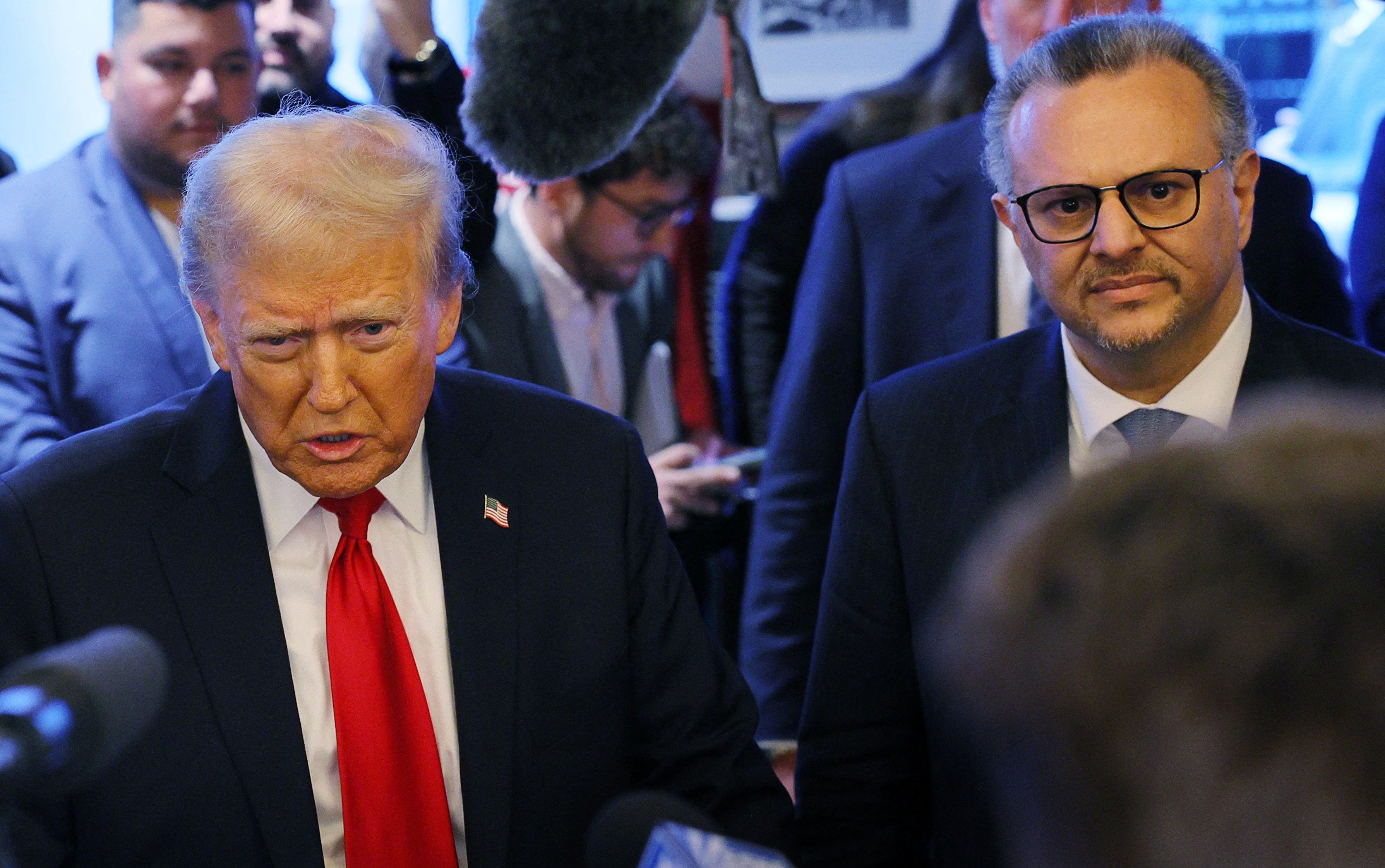
The consequences of these crises are not just political. Trump has entered this period of turmoil with self-inflicted liabilities that have weakened his position. His presidency, which was once buoyed by a booming economy, is now undermined by a series of economic missteps, including the trade war and his handling of inflation.
As the U.S. faces rising costs and widespread layoffs, Trump’s approval rating has fallen dramatically. Public confidence in his ability to manage the economy has plummeted, and the crisis surrounding inflation is further eroding his credibility.
Another critical issue for Trump is his foreign policy credibility. His handling of NATO, in particular, has alienated key allies in Europe, who view the U.S. as increasingly unreliable.
The rhetoric and actions of Trump’s administration have raised questions about America’s commitment to defending democracy and supporting global stability. Allies are unsure of how to engage with the U.S. under Trump’s leadership, given his erratic approach to diplomacy and his disregard for traditional international norms.
This uncertainty has created a vacuum in global leadership that countries like China and Russia are eager to exploit. Compounding these challenges is the dysfunction within Trump’s administration.
The Pentagon is in disarray, and key personnel have been shuffled in and out of critical positions. The National Security Council, once seen as the backbone of U.S. foreign policy, has been reduced to a shadow of its former self.
Under Trump, many of the systems that were designed to ensure coherent decision-making in times of crisis have become fragmented and ineffective. The chaotic rollout of Trump’s tariff policies is a testament to his administration’s lack of coordination, and the situation in Ukraine and the Middle East has been marked by delays, indecision, and mixed messaging.
This dysfunction is especially concerning as Trump faces decisions that could have global consequences. The stakes of the next few months could determine not just his political future but also the direction of the international system. Trump’s approach to these crises will shape his legacy, but his administration’s track record thus far suggests he may struggle to rise to the challenge.

The coming months are critical for Trump. As the president faces multiple crises—each with the potential to ignite conflict or deepen existing tensions—his ability to navigate these challenges will determine not only the future of his presidency but the health of the global order.
The decisions he makes in the next several weeks could either solidify his legacy as a strong leader or expose his administration as inept and unable to manage the complexities of global geopolitics.
For now, Trump remains entrenched in his ideological battles, unwilling to concede on his key issues. Whether his strategy will work in the long run is still uncertain.
The pressures of war, economic collapse, and international tension are mounting, and it remains to be seen if Trump can manage to regain control of the narrative. With the global economy teetering, national security in flux, and his domestic popularity dwindling, the next few months will be a defining period in Trump’s presidency, with far-reaching consequences for both the U.S. and the world.

